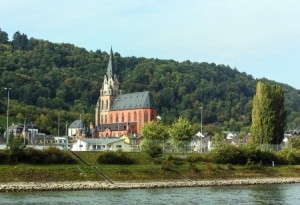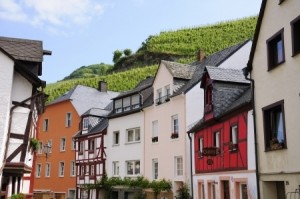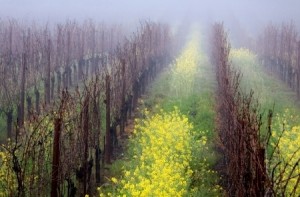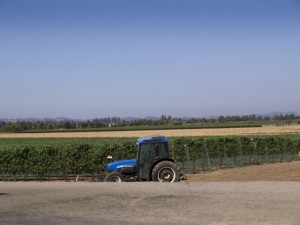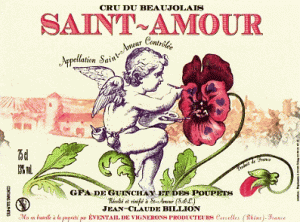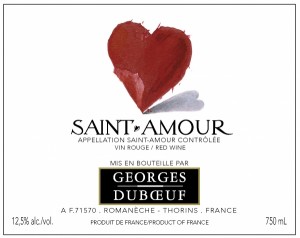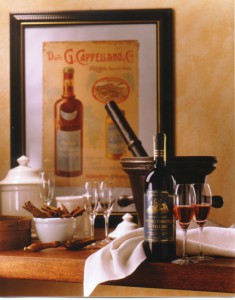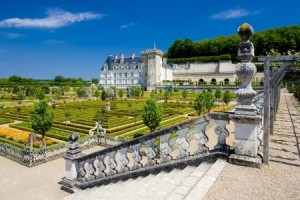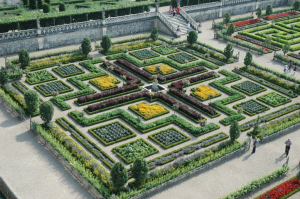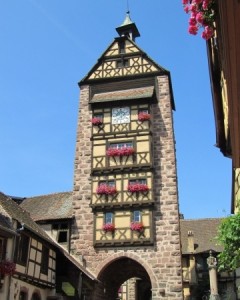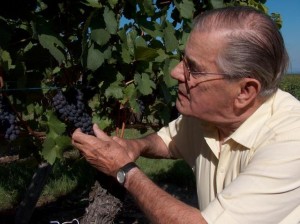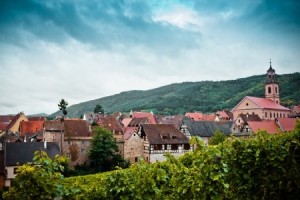Quarts-de-Chaume is just one of the famous sweet wine appellations in the Loire. A slightly larger region, surrounding Quarts-de-Chaume and somewaht less prestigious, is known as the Coteaux du Layon. The Coteaux du Layon includes the area of Quarts-de-Chaume as well as the equally famous AOC of Bonnezeaux. A third, larger area, encompassing the entire commune of Rochefort-sur-Loire, is known as the Coteaux du Layon Rochefort-sur-Loire AOC.
Quarts-de-Chaume, with its long history stretching back to the Middle Ages, was expected to be the wine that led the wines of the Loire into the future. Despite the fact that the Loire is one of the largest quality wine producing areas of France, the fame and fortune of the Loire lags far behind the other large wine producing areas in France. One possible reason for this was determined to be that the vineyards of the Loire do not have an official ranking system such as those in Burgundy, Bordeaux, and Champagne, and a plan for ranking the vineyards was created.
The ranking of the Loire’s vineyards got off to a rocky start in 2003, when the Coteaux du Layon AOC was granted the Loire’s first Premier Cru designation, to be known as Chaume Premier Cru des Coteaux du Layon. The designation did not last for long, however, as the committee for the Quarts de Chaume appellation felt that this title caused confusion with their own name and created an unfair advantage for the new designation. Thus, the Premier Cru title was suspended.
The Premier Cru title for Coteaux du Layon-Chaume was ultimately reinstated in November 2011, after the Quarts-de-Chaume appellation was awarded the first Grand Cru title in the Loire. Even this has not been without controversy, as one of the largest producers of Quarts-de-Chaume, Domaine des Baumard, has filed a lawsuit with the Conseil d’État challenging the new law.
According to many sources, the Baumards’ main issue with the new AOC is the revised, more stringent regulations that accompany the “Grand Cru” ranking, which would prohibit certain vine-growing and winemaking practices long employed by the estate. One such practice, for example, is cryoextraction (freezing the grapes before they are pressed). Under the new laws, cryoextraction would be banned in the Quarts-de-Chaume Grand Cru as of 2020.
Other producers in the Loire are upset that the Grand Cru and Premier Cru status applies only to sweet wines and excludes the dry wines of the region.
It seems vineyards classification in France, with so much prestige and money on the line, is a tricky business. I seem to recall reading that the same sort of bickering plagued the 1855 Classification of Bordeaux—and more recently, the 2012 classification of St. Émilion.
As of now, the Quarts-de-Chaume Grand Cru along with Coteaux du Layon Premier Cru Chaume AOCs still stand…and we’ll have to wait and see what the future holds.
References/for more information:
- Cahier des Charges AOC Quarts de Chaume
- Map of the Quarts de Chaume AOC via INAO
- Quarts de Chaume site via the website of InterLoire
- Jim Budd’s excellent blog on the Wines of the Loire: http://jimsloire.blogspot.com/
- https://les5duvin.wordpress.com/tag/passing-off-quarts-de-chaume-grand-cru/
Click here to return to the SWE Website.
Post authored by Jane A. Nickles, CWE – your SWE Blog Administrator – jnickles@societyofwineeducators.org
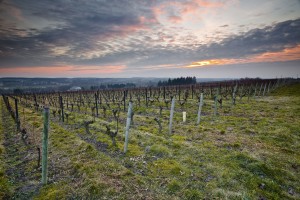
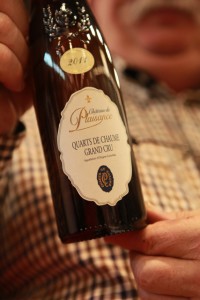
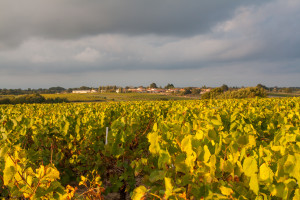
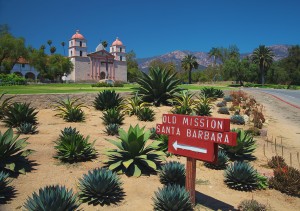
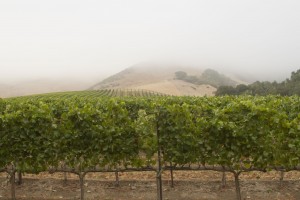
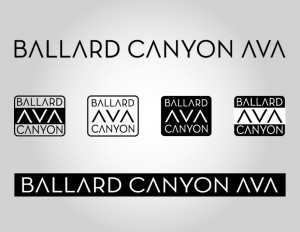
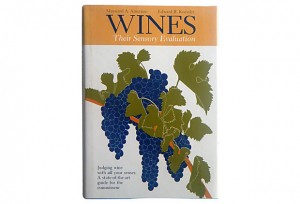

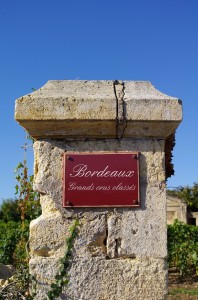
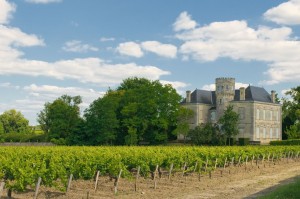
![9.8-The-Haut-Medoc-4-color-[Converted]](http://winewitandwisdomswe.com/wp-content/uploads/2013/09/9.8-The-Haut-Medoc-4-color-Converted-231x300.jpg)
